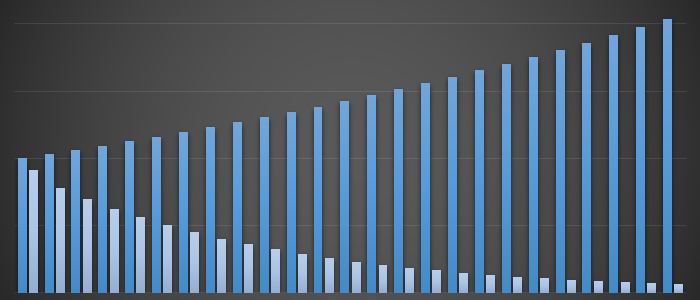In evaluating potential real estate investments, one measurement that is often used is known as a DCF. It is a well-known fact that calculating the discount rate, an essential component of the DCF analysis, requires considering several factors that are notoriously difficult to forecast precisely. Despite the challenges, DCF remains one of the most useful methods for determining the value of real estate assets, such as real estate investment trusts.
What Does It Mean for Cash Flow to Be Discounted?
Discounted cash flow analysis can be described as a type of valuation which aims to assess the financial viability or the value of an investment by looking at the projected future income of the investment and projected cash flows from it and then reducing the cash flow to determine an approximate value for the investment at the moment. This valuation method aims to determine if an investment is profitable or feasible by looking at the projected future income of the investment or cash flow projections of the fund. The value of what represents an estimation of how much the investment could be worth in the present it is sometimes called the form of the net present value or NPV.
In other words, a DCF analysis aims to estimate the current worth of a business or an asset by basing that estimation on forecasts of how much money the firm or asset will create in the future. A discount rate is used when calculating the net present value (NPV) of the predicted future cash flows. When analyzing potential returns on real estate investments, the yearly rate of return sought or anticipated is often used as the discount rate.
How to Calculate Cash Flow After Discounting It in Real Estate
- Initial cost: The property was bought outright, or a substantial down payment was placed.
- The rate of discount: The minimum acceptable rate of return.
- Holding period: Although it varies depending on the investor and the individual investment, the holding term for real estate investments is often between five and fifteen years. However, this range does vary.
- Additional yearly expenses include the anticipated expenses of upkeep and repairs, property taxes, and other charges that aren't related to finance costs.
- Projected cash flows: A yearly forecast of the amount of rental revenue that will be generated by owning the property.
- Sale profit: The amount of profit the owner anticipates making from the sale of the property after the expected holding term concludes.

Within the context of the DCF calculation, several factors need to be calculated. These variables, which include repair and maintenance expenditures, predicted rental increase amounts, and property value rise amounts, may be difficult to nail down with pinpoint accuracy. These aspects are often evaluated via the lens of a study of comparable properties in the region. Once accurate projections of future costs and cash flows, as well as the discount rate, have been established, calculating the net present value is a relatively straightforward process, and free computerized calculations are readily available. Even though it can be difficult to determine accurate figures when projecting future costs and cash flows.
Example
An investor has the option of making the return they anticipate receiving from a different investment that has a risk level comparable to the DCF discount rate. Consider the following scenario: you have the opportunity to invest $500,000 in a brand-new house, which you believe you will be able to sell in ten years for $750,000. You also can place her $500,000 in a real estate investment trust (REIT) projected to provide a return of 10% annually over the next ten years.
For the sake of keeping things simple, let's suppose that you are not factoring in the expenses of rent substitution or the tax impacts of the two different investments; instead, we will focus on a single cash flow, which will be the price of the property in ten years. The discount rate of ten percent and the expected future cash flow of seven hundred and fifty thousand dollars from the sale of the property are all required for the DCF analysis.

According to the DCF analysis performed on this scenario, the future cash flows associated with the home are only worth a total of $289,157.47. Therefore, you should avoid investing in it; instead, consider the REIT, which is a better deal overall since it will yield about $800,000 over the following decade.









